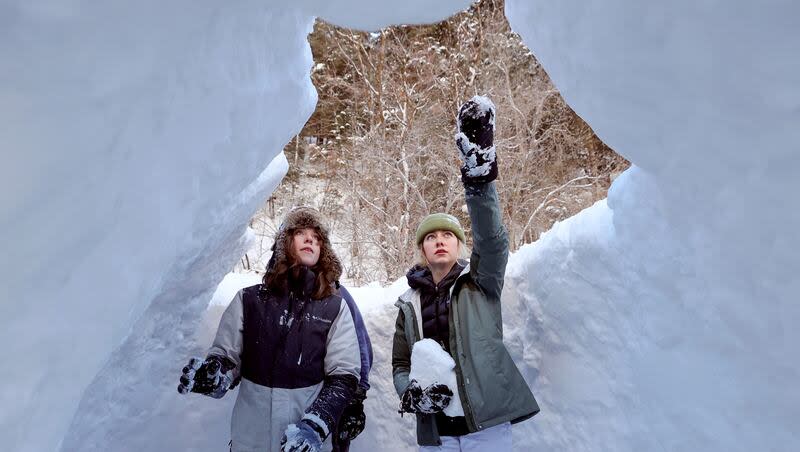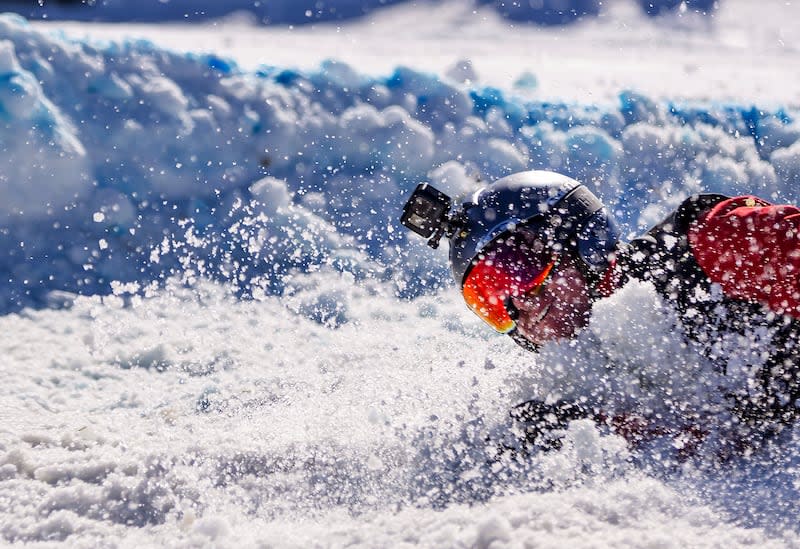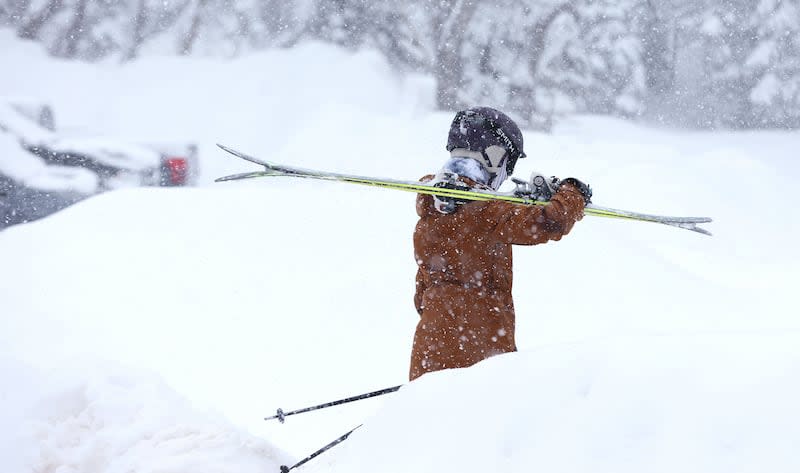Utah’s snowpack and what you should know

Most of Utah is in relatively good shape in terms of snowpack, a welcome condition for reservoirs that deliver water to the state’s residents and streams and rivers that will contribute to a decent runoff this year.
In fact, according to a Wednesday media briefing hosted at the National Weather Service’s Salt Lake City offices, some reservoirs are already making releases now to allow room for that snowpack as it melts, including Hyrum Dam and reservoirs farther south in the Weber-Ogden River Basin.
“We did have an outstanding month for precipitation in February. As I think everyone in this room probably is already aware of but you might not have realized is that we actually broke some records at SNOTEL sites for February precipitation,” said Jordan Clayton, Utah snow survey supervisor for the Natural Resources Conservation Service. “So that’s pretty encouraging.”
For February, Alta broke its record for snowfall as did the Park City ski resort, he added.

“We didn’t break the record for the state, but we definitely did better better than normal,” he said. Some areas of the state, especially the southern portions, are still struggling to an extent, with the U.S. Drought Monitor continuing to classify the region as abnormally dry or in moderate drought.
His agency recently started to calculate forecasts for the Great Salt Lake, given its ailing condition and the hyper amount of attention it has been garnering among lawmakers, the media and the public.
Clayton gave a rough sketch based on current conditions of projected inflows into the lake, detailing an estimated delivery of 870,000 acre-feet of water to bump up the lake’s level by 1.2 feet. It does not include factors like evaporation or precipitation events on the lake itself. Ryan Rowland, with the Utah Water Science Center at the U.S. Geological Survey, said the lake has risen 1.9 feet since September.
Across the state, reservoirs are at about 82% of capacity and generally in good condition, with the exception of Lake Powell, which is hovering at just a little above a third full.

Glen Merrill, hydrologist with the National Weather Service in Salt Lake City, said March continues to look unsettled and will experience remnants of Pacific storms that have been hammering the West Coast. Another storm system should move in next week and some areas are continuing to see light snow.
These storms won’t be anywhere near what February delivered, he cautioned.
“I think we can all thank February for being such a great month. It was a bit of a roller coaster before that,” he said.

